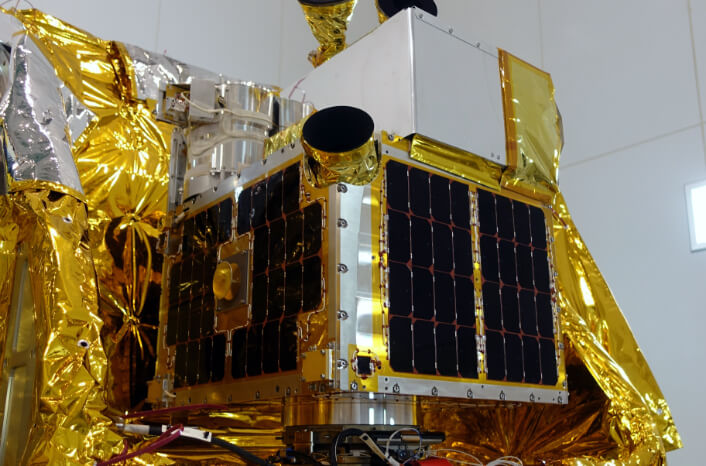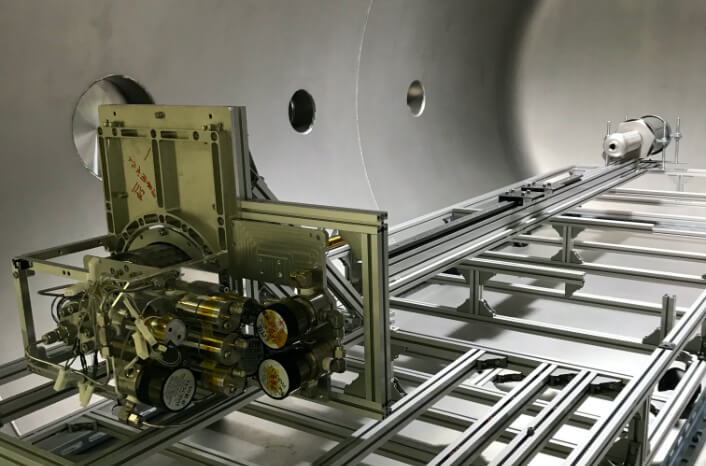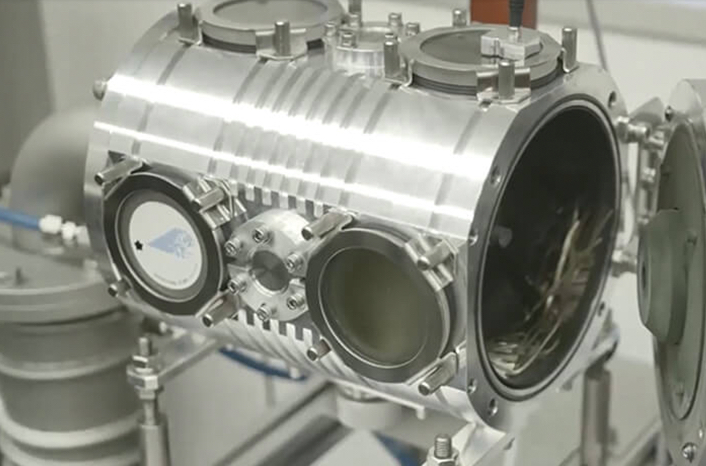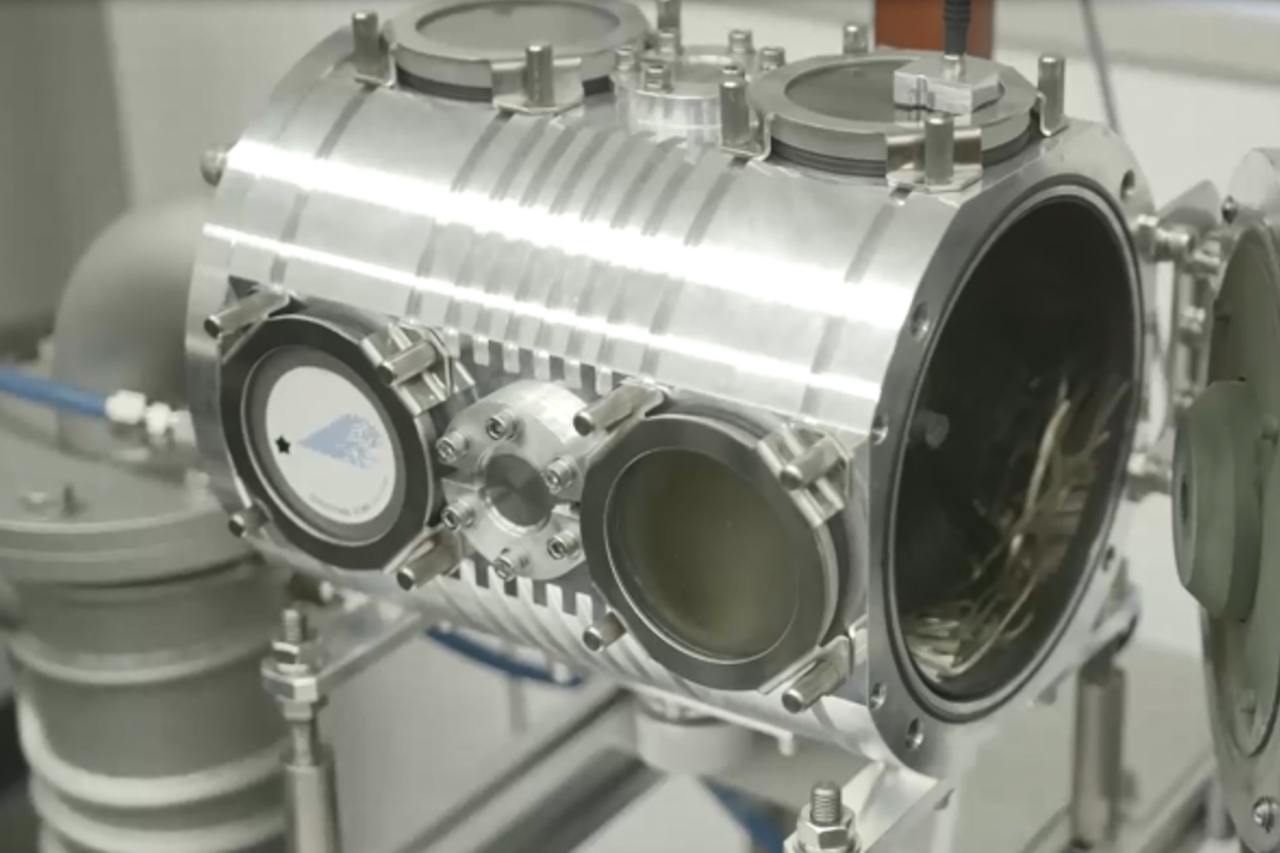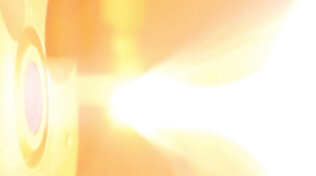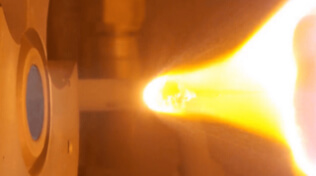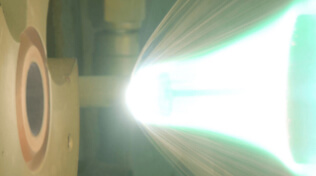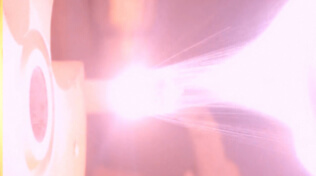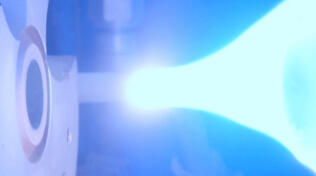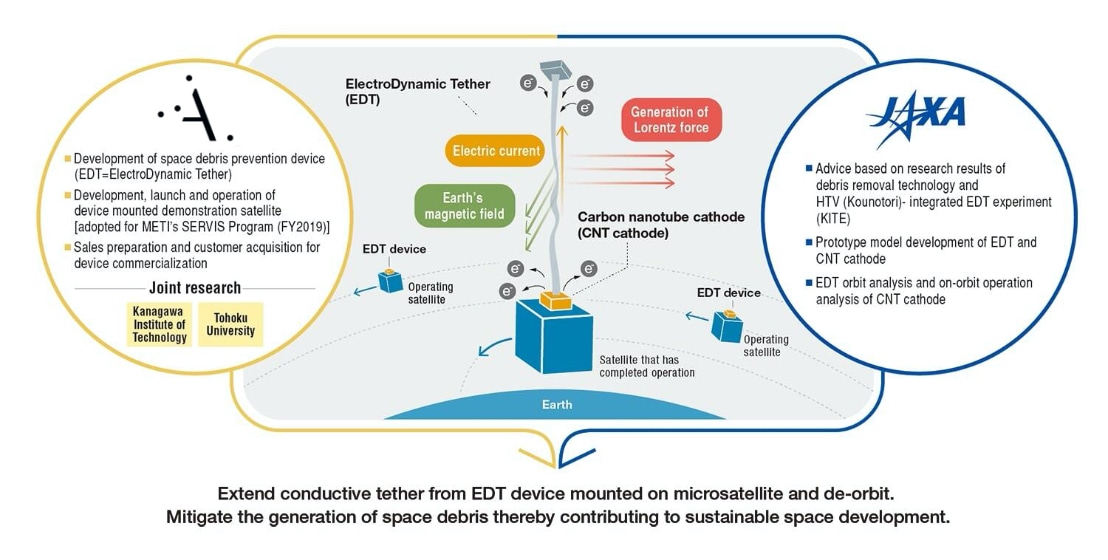ALE's human-made shooting star satellites were developed together with Tohoku University.
Our satellites, ALE-1 and ALE-2, are both equipped with multiple sensors that measure attitude and position along with three independent safety decision-making systems, making them extremely reliable.
The meteor release device is a payload (mission system) equipped with highly precise processing technologies and high-quality components. It has highly precise emission capabilities, and it can safely and accurately generate shooting stars at a designated location.
Our meteor particles are released after ensuring that the probability of collision with other spacecraft or debris on the designated path is sufficiently low, which prevents new space debris generation.
The particles burn up at altitudes of about 60 to 80km due to aerodynamic heating. Therefore, they will not fall on the ground.
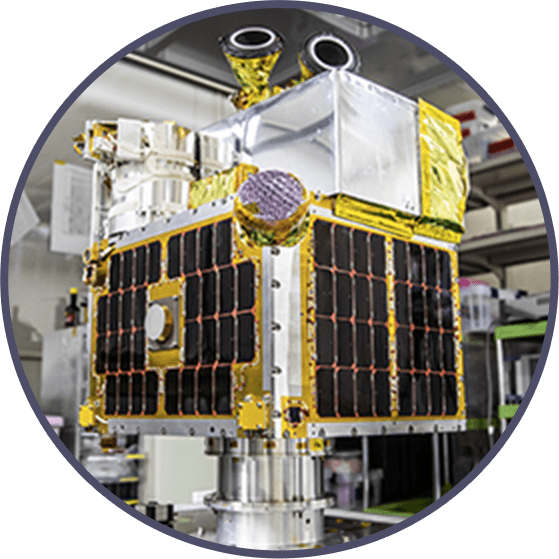
ALE-1
Mission
- Technical and marketability verification of human-made shooting stars as entertainment
- Observe characteristics of the upper atmosphere using human-made shooting stars.
- To study the re-entry behavior of the human-made shooting stars.
Launched: Epsilon 4, JAXA (2019/01/18)
Weight: 68 kg
Dimensions: 600x600x800mm
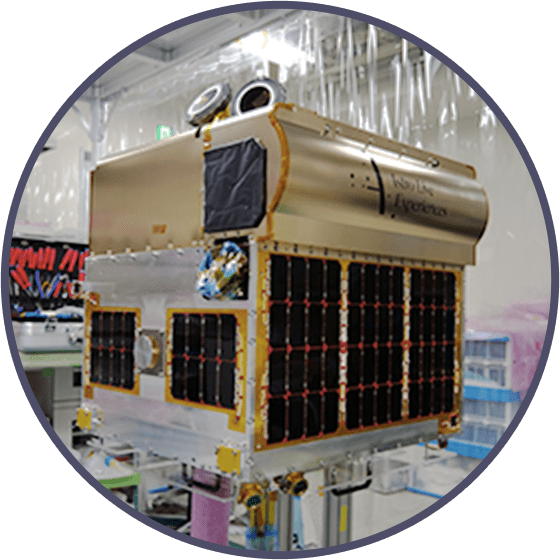
ALE-2
Mission
- Technical and marketability verification of human-made shooting stars as entertainment
- Observe characteristics of the upper atmosphere using human-made shooting stars.
- To study the re-entry behavior of the human-made shooting stars.
Launched: Electron Rocket, Rocket Lab (2019/12/06)
Weight: 75kg
Dimensions: 557x665x700mm
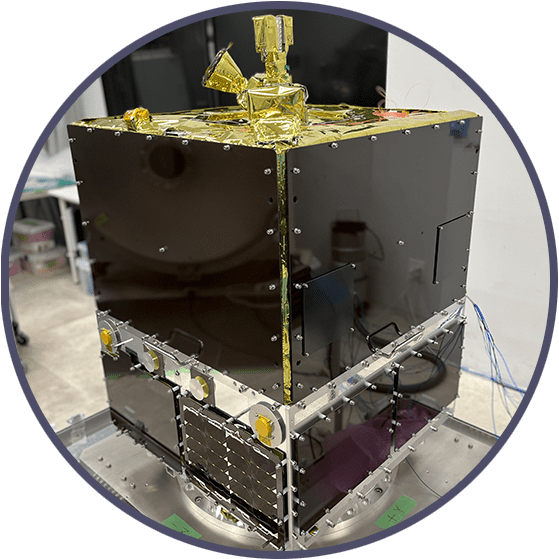
ALE-3
Mission
- Technical and marketability verification of human-made shooting stars as entertainment,
- Observe characteristics of the upper atmosphere using human-made shooting stars.
- To study the mechanism of shooting star luminescence using the human-made shooting stars.
Launched: TBD
Weight: 200kg(planned)
Dimensions: 812x812x1300mm(planned)
